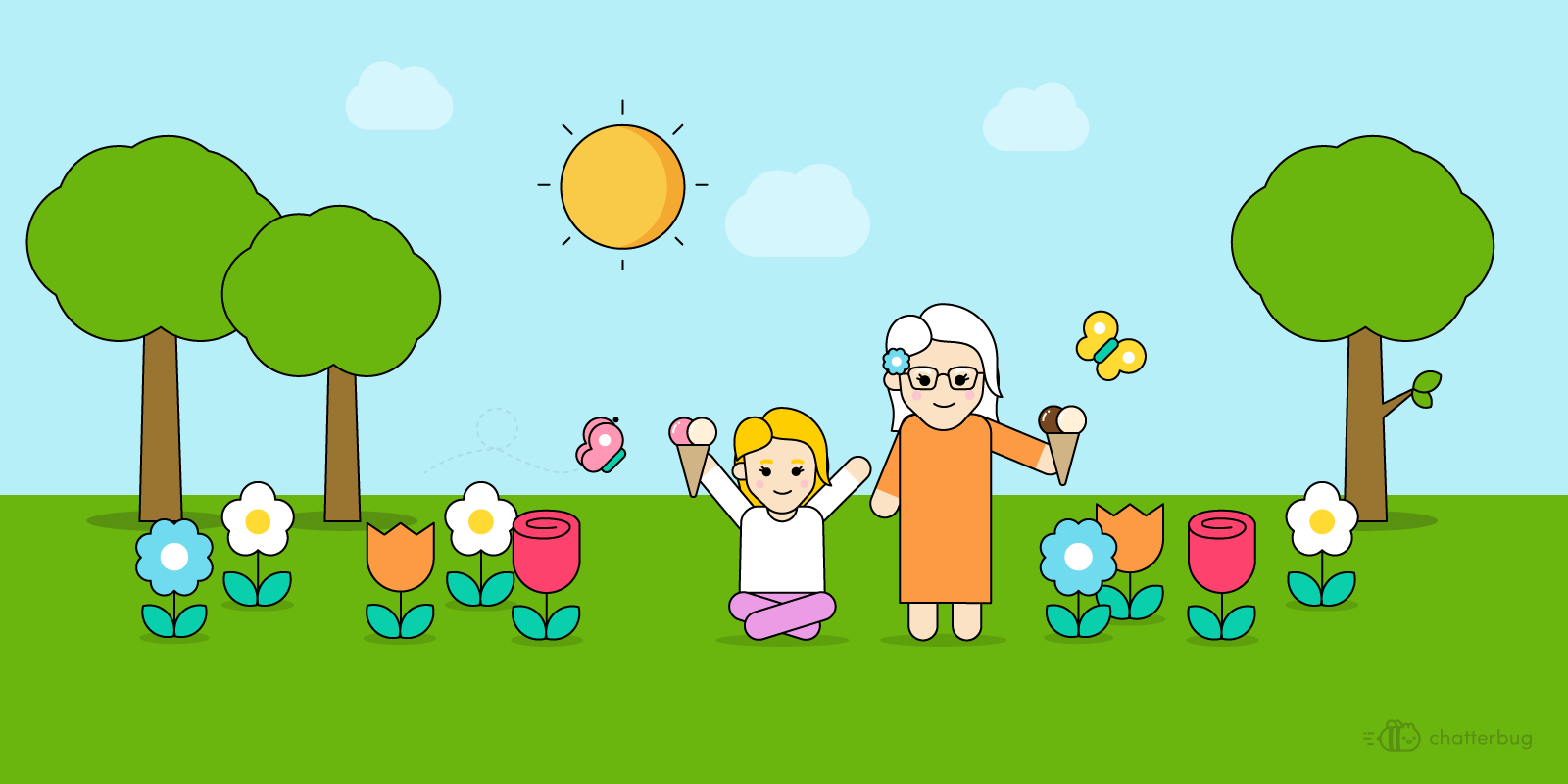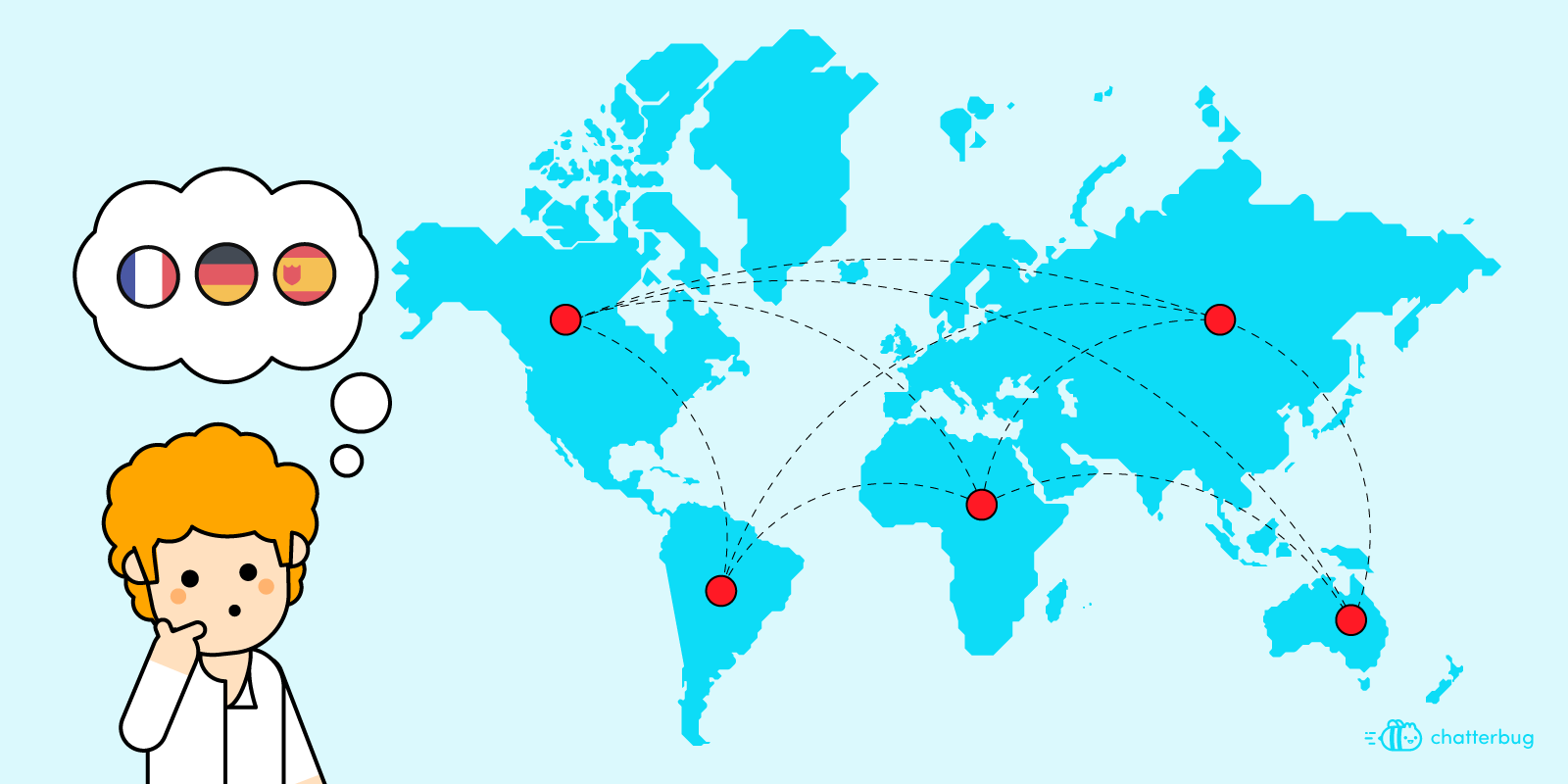German Food Culture: a day of eating in Ostfriesland
What few people seem to know about German food is that it varies greatly from region to region. I grew up in California, but my mom is German so I spent many summers of my childhood at my Oma’s house in rural Niedersachsen (Lower Saxony). Whenever people in California would talk to me about German food, they always mentioned huge pretzels, schnitzel and drinking beer out of liter sized mugs. These were all things I had never seen or tried before although I spent so much time in Germany. That is because their association with German culture stems mostly from Southern Germany, where the theory is that after WWII, American soldiers stationed primarily in Bavaria brought back stories from their time stationed there. So I thought I’d share some food stories from what I know and love from the lesser known food culture from the area my family is from: East Frisia, in Lower Saxony.
Like in many families, food played a huge role in my summers spent at my grandma’s house.
My Oma spoiled me with tons of food, cake and ice cream on a daily basis. In fact, I spent most of my time eating when I was there. Let me give you a break down of a typical day at my Grandmas house:
9am Frühstuck: Breakfast
12pm Mittagessen mit Nachtisch: Warm Lunch with Dessert
2pm Eis: Ice cream
4pm Tee und Kuchen: Tea time with Cake
7pm Abendbrot: Supper
9pm Schokolade: Chocolate and Sweets
First came breakfast, where my grandma would wake up early, ride her bike to the bakery and come home with fresh and warm Brötchen for the family, and for me (the little glutton), a chocolate croissant. Brötchen, which translates to “little bread”, are crusty-on-the-outside, fluffy-on-the-inside buns, which come in an assortment of flavors. My favorites are Mohn (poppy seed) and überbackene Käse (baked over with cheese). The breakfast table would be weighed down with cheese, jam, coldcuts, yogurt, musli, and honey from my uncles garden.

Punctually at 12, after a mere 2 hours of digesting time, my grandma would ring the lunch gong. In California, I was used to eating a cold meal at lunch, but Mittagessen at my Oma’s was always a large warm meal, the biggest of the day. My favorite dishes she cooked were Rouladen – thinly sliced beef rolled, stuffed with pickles, and held together with a toothpick and Tscheckedine Goulash – pork or beef cooked with potatoes, sauerkraut, and fried onions. After Mittagessen, for Nachtisch, we always ate a small bowl of Quark – a thick, yogurty cheese which my Oma would make into a pudding by adding vanilla sugar and milk with a dollop of preserved fruits from her garden on top.
After Mittagessen, I would explore the garden or go on a bike ride to the lake, or go swimming in the local pool. I would usually eat a large ice cream in the few hours between mittagessen and kuchen from the local ice cream shop.
Next came Tea Time. In Ostfriesland (East Frisia) where my Oma is from, there is a very unique tea time tradition or Teezeremonie. Tea would be drunk in little porcelain tea cups with intricate blue paint designs. The tea is a special assam black tea mix called Ostfriesische Mischung. It is drunk by a little ritual: You drop a solid sugar cube called a Klunje or Kandis into the empty cup and pour the hot tea over it. It makes a special tinkling sound when the hot tea shatters the solid sugar, which sounds like if a fairy rang a little magic bell. Then you pour a small amount of milk or cream in the side of the cup. Because of its shallow shape, the milk billows into a beautiful cloud. Overall it is a wonderfully aesthetic experience. Because the tea cups are so small, tea time usually consists of going through the sugar, tea, milk ritual about 5 times, usually accompanied with a freshly baked Apfelstreuselkuchen. After tea time, my Oma would take a nap in her chair.

The next meal, again only a few hours after the one before it, is Abendbrot. While lunch in Niedersachsen is eaten warm, dinner is usually cold. Abendbrot which translates to “evening bread” is pretty much what you would expect – bread for dinner. Germany is a culture of heavy substantial bread. Unlike French and Italian light white bread, Abendbrot is filling with Graubrot (grey bread) and Schwarzbrot (black bread), each heavier and darker than the one before it. Schwarzbrot is a special kind of grainy bread made with rye grains which have been baked at a low temperature for a long time. For Abendbrot, once again, an assortment of cheeses and hams would be brought to the table along with pickles and canned fish, and everyone would schmeer their own open face sandwiches. At the end of a full day of eating, we would indulge in german chocolates and then call it a night.
The next day, I would wake up and repeat the whole process over again.
Want to learn some German?
If you’re feeling inspired, sign up below for a free two-week trial and a Live Lesson with a private qualified tutor to start speaking a new language for real! Our classes are structured around exercises created by language teachers, so there’ll be no awkward silences – we promise! 😉
And don’t forget to check out our Facebook, Twitter and Instagram pages for more language content!



